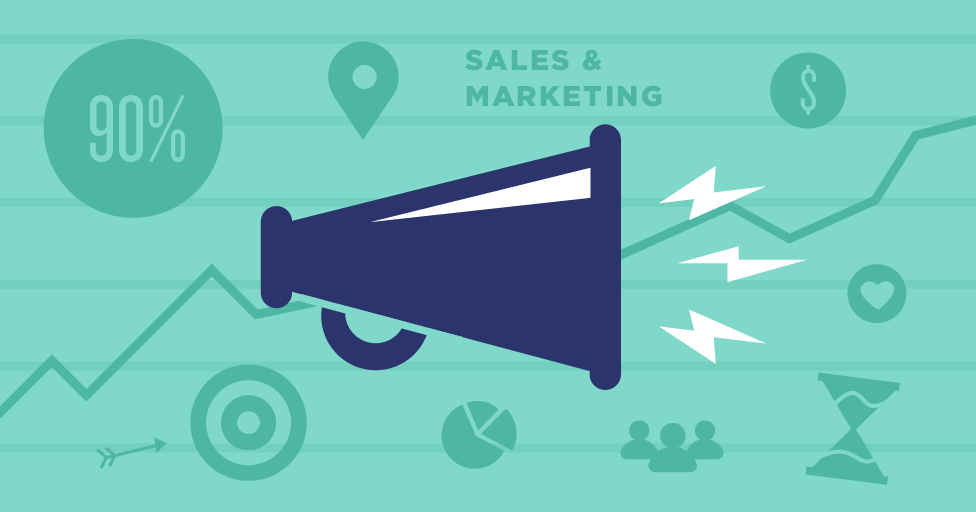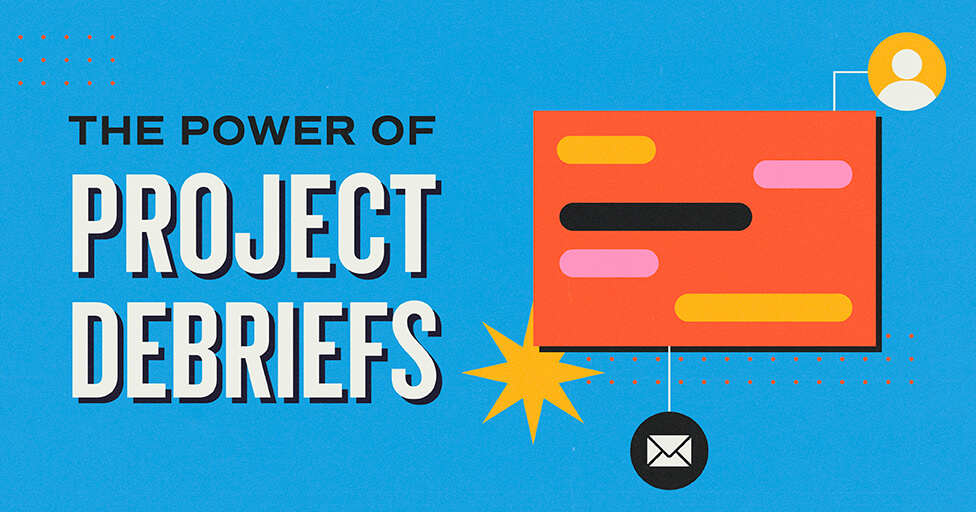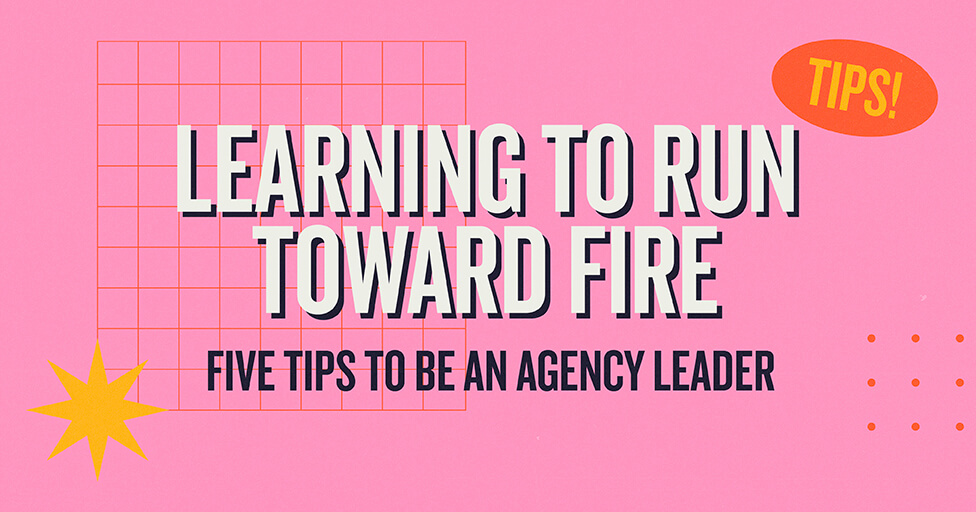
At times, it seems the job of a salesperson is to struggle mightily beneath the pressure to succeed without the necessary tools to do so. The iconic sink-or-swim story of a salesperson has inspired many of culture’s most excruciatingly painful characters. As a salesperson, I cringe watching characters like Willy Loman or Jack Lemon’s character in Glengarry Glen Ross. Even though they’re fictional depictions, I feel for them. Their struggles are real and, unfortunately, ones that I’ve felt.
As a young salesperson in the media world, I was often left with many questions and no real answers. We were simply handed a phone book and told to start calling. So we did what we could: pushed emotions, asked for more effort, and tried different motivational tools. We cooked up some interesting closing techniques. In reality, some worked. But many did not. The problem was that when they didn’t work, it was the person, not the process, that was judged. Make no mistake, there are good and bad salespeople. But the rubrics by which we judged them were often misguided.
Thankfully, that culture of expectation to succeed without clear inputs is behind us. As a salesperson, a marketer, and now a CEO, I have experienced this paradigm shift firsthand. Gone are the days of wasted hours prospecting and cold calling leads that were never truly qualified. Today, we are fortunate to have the necessary tools for our salespeople and marketers to make significant change using a thoughtful approach.
There’s no denying as marketers and sellers our job is meeting people where they are and taking them on a journey. Technology has changed where and how we meet consumers, giving us more accessibility. Technology also eliminated the need for most salespeople to spend countless hours cold calling and going door-to-door. There are now more efficient methods of reaching consumers and selling to them. As such, the line between marketing and sales is becoming blurred. It begs the question, where do marketing efforts end and sales begin? Also, can the right digital marketing essentially do the job of a salesperson?
I believe that while the paradigm has shifted, there’s room to grow. We still rely too much on sales and not enough on marketing. And I think that’s because many in leadership came from sales, they understand sales, and deep down they know one good seller can change the business quickly. They’ve also spent their lives believing that marketing is a necessary evil—untraceable in its impact.
I challenge leaders to put as much emphasis on marketing as we have historically put on sales. Use marketing to better understand the consumer throughout the journey to purchase so sales can efficiently and effectively close the sale. Understanding audiences, creating great strategy, and selling a company in a way that drives legitimate leads is a marketer’s charge. Marketers must own this role.
Here are 4 ways that marketing can help reach the consumer easier and faster.
- Distinct Messaging
Digital advertising has allowed us the opportunity to deploy multiple versions of creative in order to tailor our message to more specific audiences. Almost all products and services have multiple benefits—the key now is to identify the distinct message that will resonate with a given audience and promote accordingly. - Digital Distribution
As a reformed broadcast guy, distribution is the world I first loved. Gone are the days of wholesale message distribution and the associated waste. Our phones, inboxes, televisions, and even radios are connected to a digital backbone that allows for discreet messaging by user. There are larger societal problems with this new communication style, but for marketing and sales, it is an enormous step in the right direction. - Self-Directed Purchasing
This is critical. The consumer journey can begin anywhere in the sales funnel— from knowing nothing about your product or service to being ready to purchase. Taking it a step further—you may have a solution to a problem the consumer did not realize they had. Regardless of where they are on the journey, distinct messaging and distribution can push them toward conversion at their own pace. This can be maddening for sales as they are driven to get results, and generally those results are time bound. However, patience will prove to be a salesperson’s best friend. - Data-Driven Selling
Where salespeople were once completely in the dark, today we are inundated with data. Having so much of it at our fingertips can be paralyzing at times. The key is to understand what story you’re telling and figure out what data points will help you tell it. Choose sources and tools that are right for the job. You need not go with the biggest data providers or the most complex tools. Making the process too cumbersome is just as bad as not doing it all.
When marketing uses these tips, it sets up sales to close and allows leadership to focus on results. Leaders should be focusing on key performance indicators like cost per lead and cost per sale.
Questions to ask about your business include:
- Can you create a new business revenue pipeline that is efficient enough to feed your business profitably?
- Are you budgeting sales and marketing in this manner?
- Does your marketing team have equal footing with sales leadership inside the organization? Do they have an even more elevated role?
- Compare your total sales costs (salaries, benefits, etc.) to your marketing costs. Do they stack up to the new paradigm?
Today, the marketing and sales worlds are hard to pull apart and find real lines of demarcation. The good news is marketing and sales can be used together to meet the needs of both the consumer and the business.
Subscribe to our newsletter
Get our insights and perspectives delivered to your inbox.


